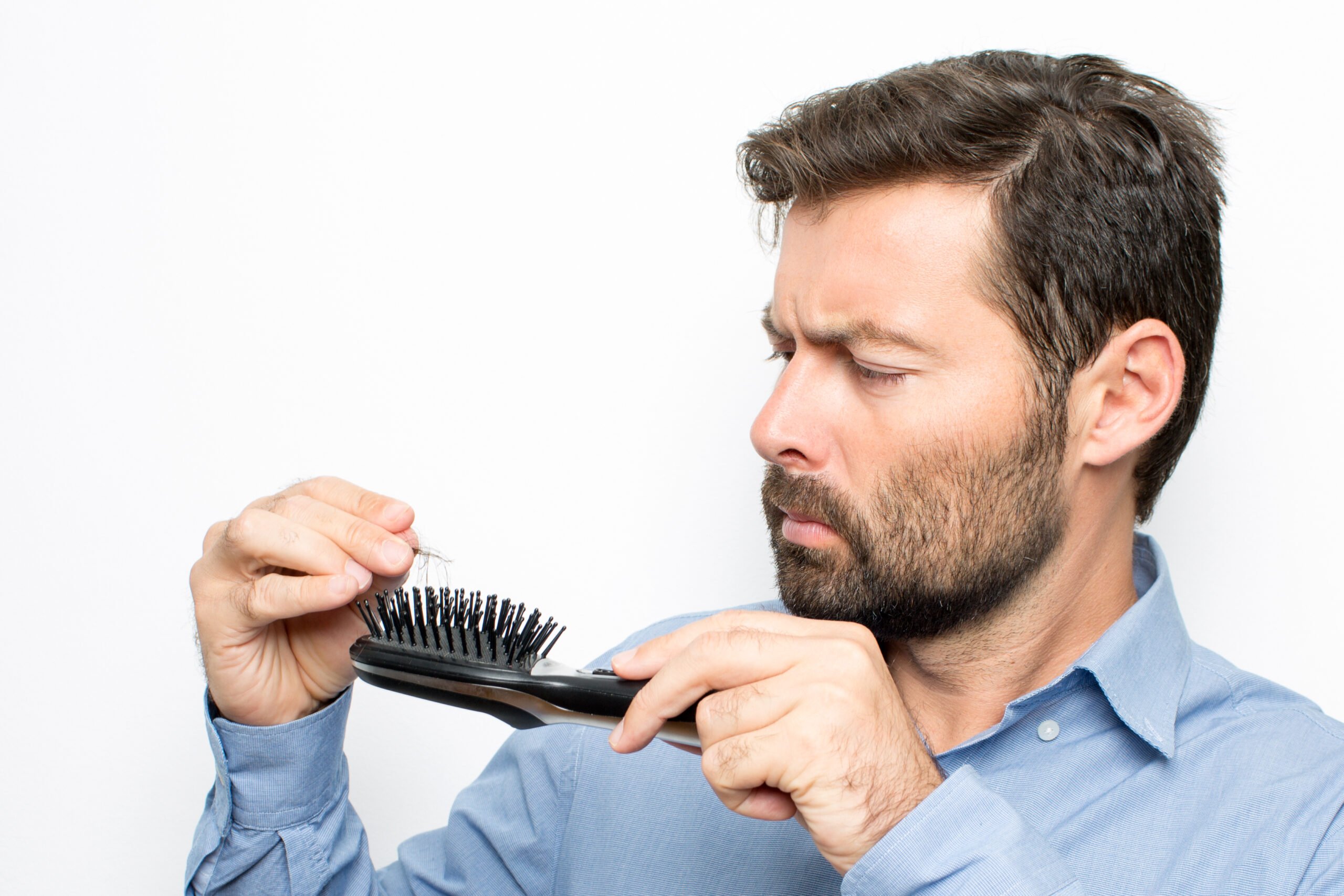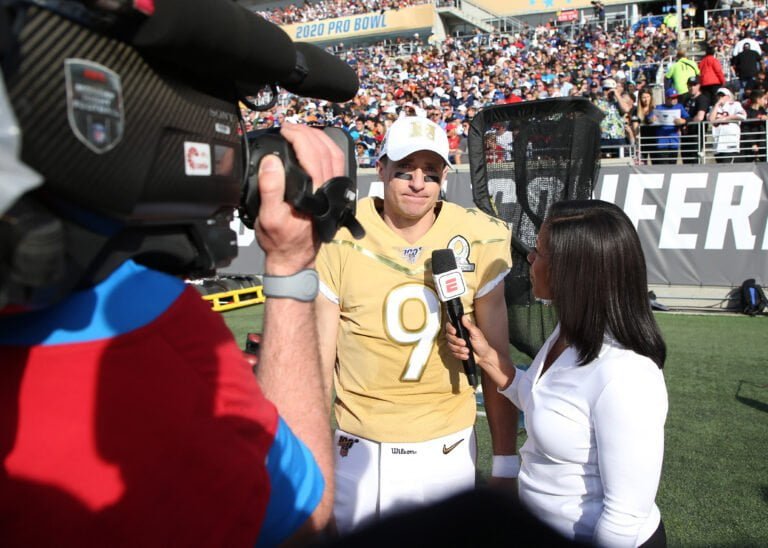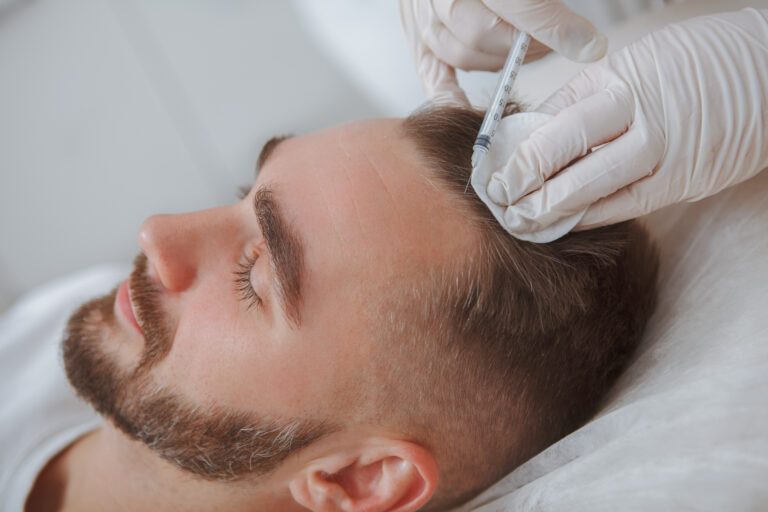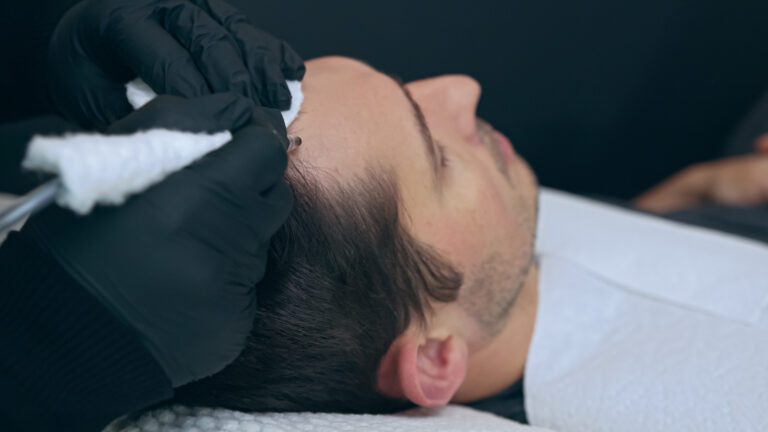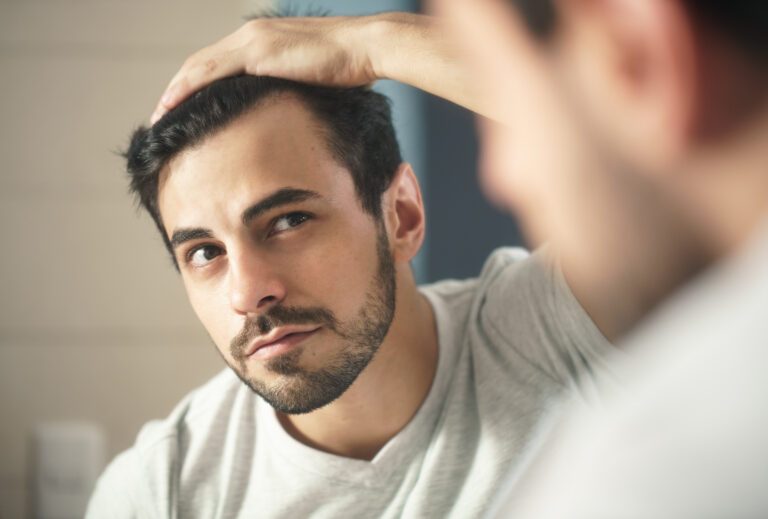Do Hair Fibers Cause Hair Loss?
One of the best ways to cover hair loss at the moment is hair fibers. It offers an excellent solution compared to hair transplants and PRP treatments, which can take a while before showing results.
However, one question that many have wondered about is: Do hair fibers cause hair loss? The answer here is a straight no. However, there can be some side effects to using them daily.
That’s why, today, we’ll offer you a deeper glimpse into hair fibers as well as what they can do for you. We’ll also discuss how you can pick the best one for you. Let’s begin!
Hair Fibers: A Quick Overview
Hair fibers are quite different from most hair loss treatments. That’s because, in short, they’re not a treatment at all.
Unlike hair transplants or PRP and PRF treatments, hair fibers don’t need to be surgically implanted or injected.
In fact, you don’t even have to go to a clinic to get them done!
You can look up hair fibers online and order a bottle straight to your home. After that, you can shake or spray it onto the affected parts of your scalp to cover the thinning spots.
Once the fibers come in touch with your hair, they cling to the strands and to each other via electrostatic charge, creating a cohesive surface that provides a fuller appearance.
Also, most high-quality hair fibers guarantee their product won’t get easily shaken off by movement, strong winds, or water like rain and sweat.
Do Hair Fibers Cause Hair Loss?
Because hair fibers are a cosmetic answer, not a curative one, people apply them almost daily to maintain a full-head appearance.
This, of course, led many people to wonder if hair fibers can affect the hair follicles and cause more damage than there already is. The answer to that is an easy no!
Most hair fibers don’t do anything besides cling to your hair strands to create a full, natural look.
They don’t interact with your hair follicles or scalp, as they’re just there for looks. So, the chances of them causing any damage is close to none.
However, some hair fibers do the exact opposite. For example, Revivogen Keratin Hair Fibers offer you the desired coverage as they seamlessly blend with your hair.
The company promises that its products are professionally designed to block DHT from killing your hair follicles, leading to more hair growth.
Of course, not all hair fiber brands have this feature. So, what does that mean for you? It means that before you purchase the product, take a look at its reviews and ingredients.
As mentioned, hair fibers don’t affect hair loss or gain. Yet, some products do more than mask your scalp, like Revivogen Keratin, so you should consider researching them first.
Possible Hair Fibers Side Effects
Knowing that hair fibers won’t cause hair loss is comforting, but it leads to other questions, such as: what are their side effects?
To those of you wondering: here are the most popular drawbacks:
1. Scalp Irritation
One of the first problems you may encounter with hair fibers is scalp irritation and redness. You might not feel this upon application, but within a couple of minutes, your scalp can start itching, and you might spot some redness or feel a burning sensation.
The best way to minimize the risk of scalp irritation is to go for high-quality hair fibers made with materials known to be gentle on the skin.
Moreover, you should start with a patch test before full application to determine your skin’s reaction to the product.
Start with a spot that’s easily visible to you and monitor it throughout the day. If there’s any reaction to the product, please stop using it immediately and wash your scalp thoroughly to remove any remaining fibers.
If you feel the reaction is too much or the symptoms are persisting, you should consult with a dermatologist to figure out the best course of action.
2. Breathing Issues
Sadly, some of us have respiratory issues that the hair fibers can aggravate. This can be particularly concerning if you have pre-existing conditions such as asthma or bronchitis.
As a result, inhaling those fine particles can lead to discomfort, coughing, or worsening of asthma symptoms.
Unfortunately, there isn’t a clear answer to this problem. So, if you suspect you have any of the previous issues, we strongly advise you to start slowly at first.
Start with a little spot, then add more as you adjust the look. Also, it’s best to do this in a well-ventilated area to minimize inhalation risk.
Pro tip: wear a mask during application! This can help keep most of the particles out of your systems.
Finally, try using an applicator to allow for more targeted and controlled distribution, which can reduce waste and airborne fibers.
3. Color Transfer
Among the best features of hair fibers is that you can get them in a multitude of colors. Even if you can’t find your particular shade, you can mix and match two fibers to get to the closest match.
The downside here is that the colored fibers can come off and stain your clothing, bedding, and even you! This is especially true of low-quality hair fibers.
It can also happen when there’s a lot of rain or sweat, creating a trail from your head to your clothes.
To prevent this transfer, ensure that your hair fibers are applied to completely dry hair and set in place with holding spray.
You should also wait at least ten minutes before dressing or lying down on your pillows.
Also, try as best as you can not to touch the fibers. If anything gets stained, wash it immediately.
How to Pick the Best Hair Fibers for You
To choose the best hair fibers for you, you need to keep the following tips in mind:
1. Look at the Materials
There are two main ingredients companies use when it comes to hair fibers: Keratin and plant-based fibers.
Most of the time, people prefer keratin fibers, as they’re made from a protein that’s significantly similar to natural hair.
This allows it to blend naturally, leaving you with a more voluminous and natural appearance to your hair.
As for plant-based fibers, often made from cotton or rayon, they guarantee a more lightweight product, making it gentle on sensitive scalps.
However, they don’t blend as seamlessly as keratin-based products. So, before you purchase your product, make sure you’ve decided which one is best for you by looking through the ingredients.
2. Read Customer Testimonials
Another trick that’ll help you pick out the best hair fibers is looking through the reviews and testimonials.
Other people’s experiences will help you understand so much about what can possibly happen to you.
From possible side effects to the product benefits, the testimonials can reveal a lot. Pro tip: look for reviews with before and after pictures.
These can help shape your expectations as to what the product can offer. Also, take every review with a grain of salt. In a world where digital marketing is everything, some reviews might be biased or even fabricated.
3. See if There’s More Features
Some hair fiber products can offer you a lot more than coverage. If you look for the right type, you’ll find that they can provide water and wind resistance.
These two features are essential as they guarantee the hair fibers last with you the entire day. Moreover, some products can help your hair loss issues by using ingredients to encourage hair growth and scalp health.
Final Words
So, do hair fibers cause hair loss? The answer here is a resounding no. Most hair fibers don’t interact with your follicles, ensuring that your scalp remains free from any blockage.
However, there are a few exceptions to this rule, with hair fibers adding ingredients that can encourage growth.
To ensure you’re ordering the right hair fibers, look at the ingredients and online reviews. They can help you understand not just the immediate aesthetic benefits but also the long-term effects on hair health.

